If your current situation is like mine, you’ve been at home almost 24/7 with a kiddo and pets. You may or may not be balancing a job while trying to keep up with amusing and teaching your child(ren) which can be quite a lot. Here are a few ways to educate and entertain the family – Mehandi style.
Science
Ammonia and Tumeric
*Ammonia is an alkaline solution that has a strong odor. It’s commonly used for cleaning. Safety precautions including wearing chemical safety goggles, chemical protective clothing including gloves, an apron, and boots should be taken. The area should be very well ventilated. If you or anyone participating in the experiment has asthma or other health issues, skip this project. A responsible adult should pour the ammonia.
Turmeric is a spice that is often used in cooking. It’s usually gold in color and pH-sensitive. A lot of people ask if they can use turmeric in their cassia/henna mixes and our Ancient Sunrise® customer service team will tell you no. Read more to find out why!
The pH scale is a way to measure how acidic or alkaline something is. The scale ranges from 0-14. 1-6 is acidic, 7 is neutral, and 8-14 is alkaline. A lot of important things rely on this form of measurement, including the earth, because if something is off, it could kill off organisms or cause other organisms to grow. You can read about how pH is important to the environment here: https://www.usgs.gov/special-topic/water-science-school/science/ph-and-water?qt-science_center_objects=0#qt-science_center_objects
Tumeric used in an acidic base is very yellow. When turmeric is used in an alkaline base it turns red. This means if one were to mix it with cassia, not only would the hair be lemon gumdrop yellow, but the hair would change depending on its current pH. Tumeric doesn’t bind to the hair decently, anyway, so it does wash away… but you can definitely avoid panic by not adding it into your mix.
What you’ll need:
- Ammonia
- Turmeric powder
- 2 Small bowls
- 2 Small whisks
- Distilled water
- Safety gear
Instructions
- Mix a small amount of turmeric powder in a small bowl with ammonia.
- In a separate bowl mix turmeric powder with distilled water.
- Water can vary in our taps. Distilled water will help make sure you can get great results for this experiment.
The results
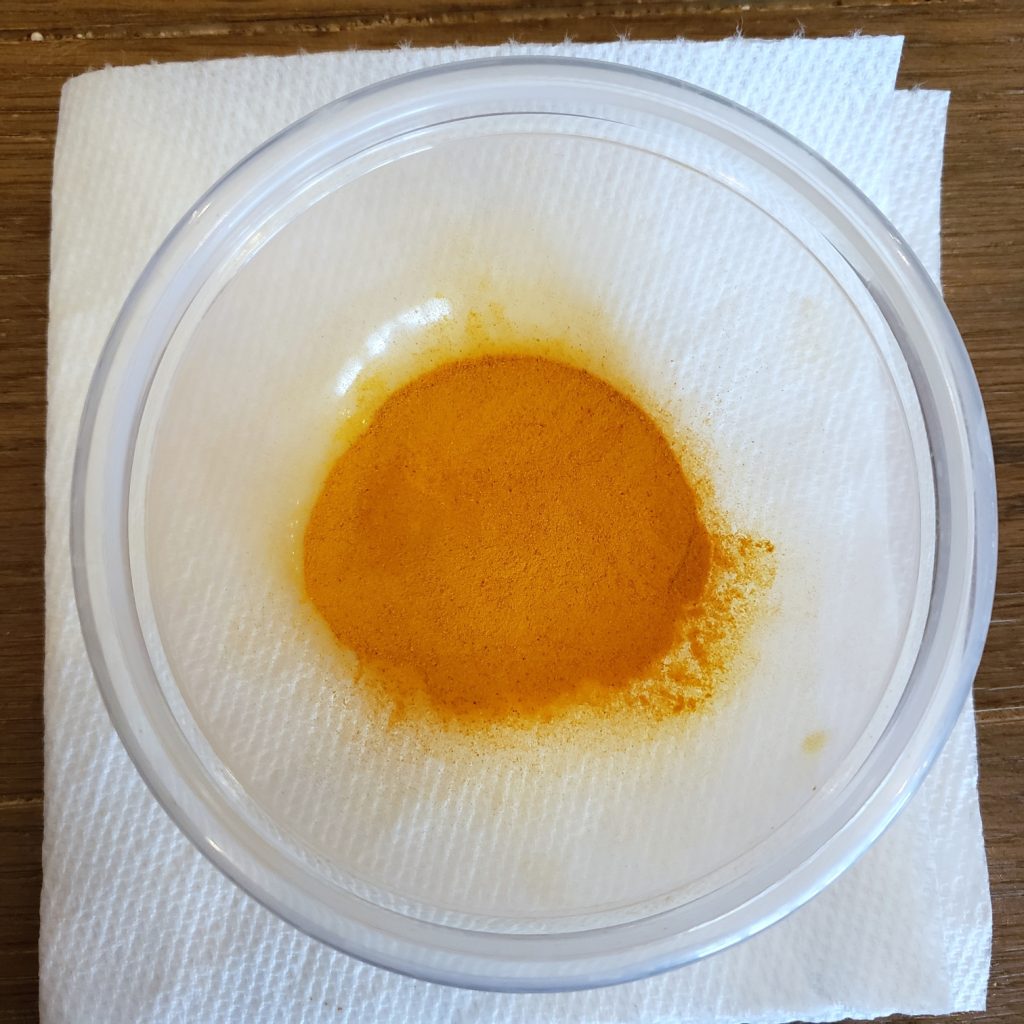
Turmeric Powder 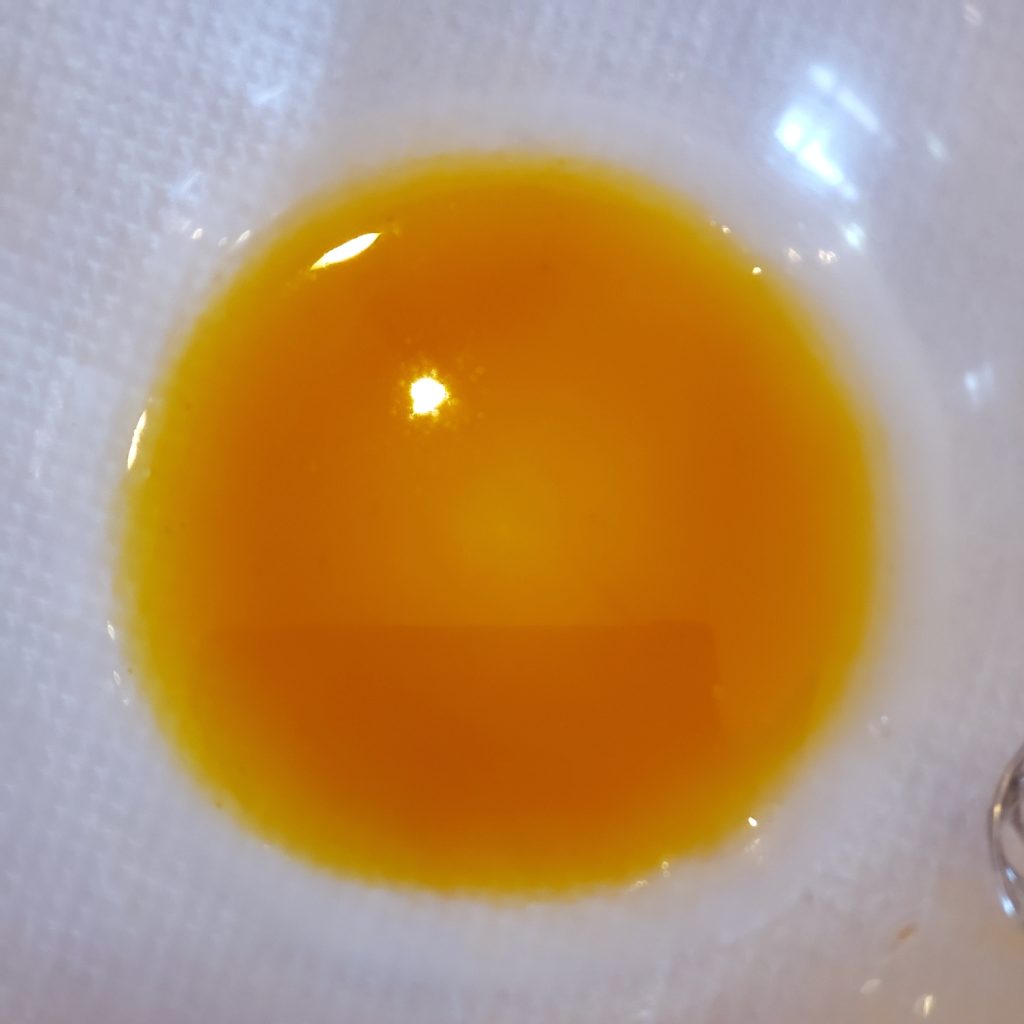
Turmeric/Distilled Water 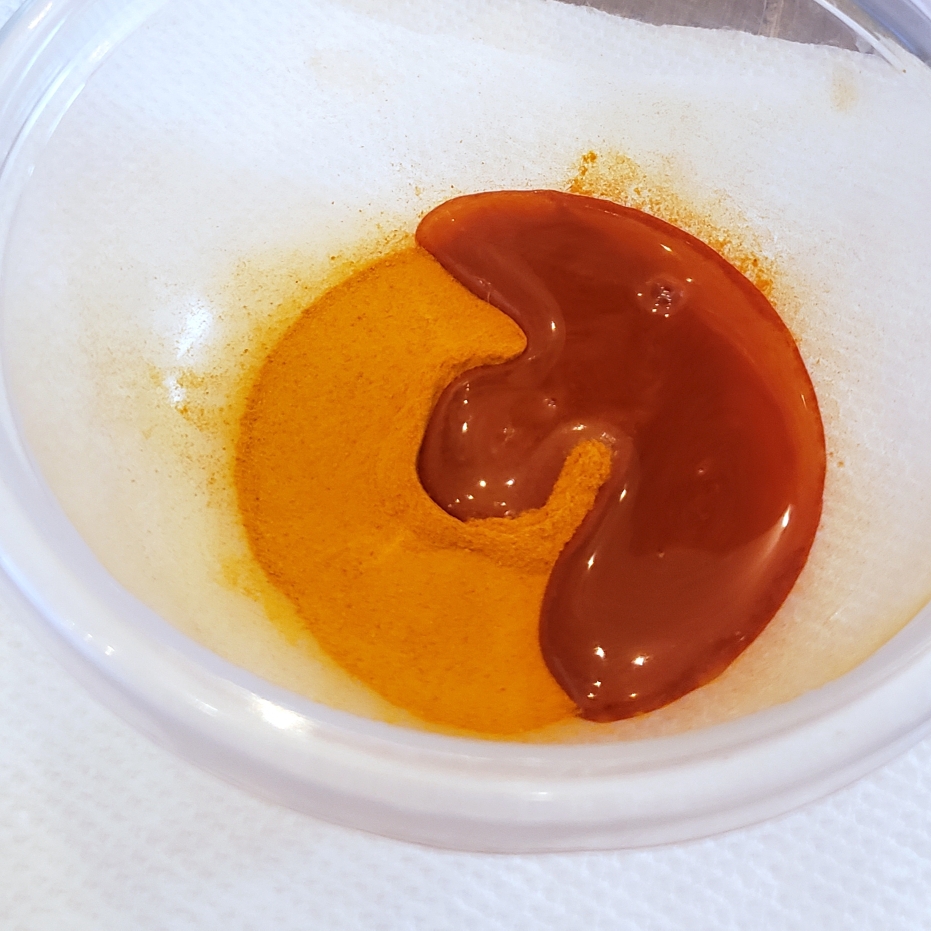
Turmeric and Ammonia 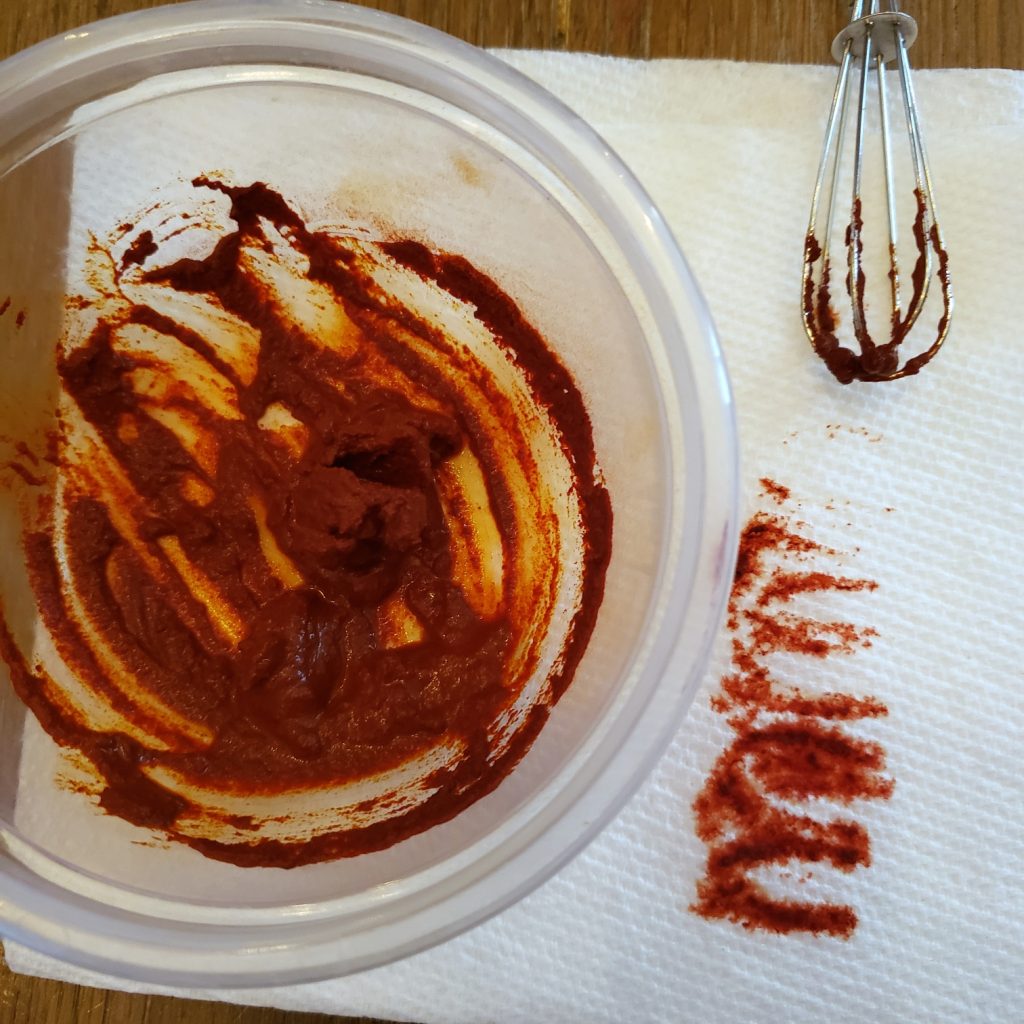
Turmeric and Ammonia
Pretty cool, huh? You can try mixing different things into turmeric and see how it affects the colors for a longer experiment.
After adding distilled water to the ammonia and turmeric mix to help neutralize it, you can safely dispose of both of these paste in the trashcan.
Dye Releasing Henna
Henna powder itself won’t leave any stain because it has to go through a process, called “dye release.” Dye releasing happens by adding a mildly acidic liquid to henna powder and letting it sit for about 8 to 12 hours at room temperature. During this time, a chemical reaction takes place that creates lawsone, which is what does the dyeing. Henna is used around the world for body art and to dye hair! It’s very important to make sure pure henna is being used for this experiment.
For more advance information on dye releasing, visit: http://www.tapdancinglizard.com/AS_henna_for_hair/chapters/chap4/henna_phytochemistry.pdf
What you’ll need:
- Ancient Sunrise® henna powder (any of our henna will do)
- Acidic liquid (orange juice, apple juice, or cranberry juice)
- Small bowl
- Small whisk
- Spoon
- Paper towels (for cleaning)
- A couple of small baggies or cones (carrot bags also work)
- Rubberbands
- Tape
- Piece of paper
Instructions
- Mix the acidic liquid and the henna powder together into any bowl until the paste slowly drips off of your whisk.
- Using a spoon, scoop the paste into a baggie, cone, or carrot bag.
- If you’re using a baggie you will want to squeeze all of the paste to one of the bottom corners, then tie a rubber band at the top to create a little triangular shaped cone. This will prevent the paste from leaking out at the top of the ziplock.
- Let the cone sit for 8-12 hours in 68-72 degrees Fahrenheit. You can place this in the fridge for around 3 days if you’re not ready to use it right after the 8-12 hour mark.
- After the cone is ready, repeat steps 1 and 2. Don’t let the second cone sit.
- Cut a small portion of the tip off of each cone.
- Divide a piece of plain paper in half.
- Mark one side for “dye released” and the other “not dye released”.
- Draw some designs on each side with the designated cone, then set the paper aside.
- If you need some ideas for practicing designs, look here: http://hennapage.com/henna/what/gallery/index.html
- Tape the end of the cones shut if you have leftovers.
- The dye released cone can be placed in the freezer. The non dye released cone can sit out to finish dye releasing, then be frozen.
- You can freeze any remaining paste because it can be used for future hair applications or science projects.
The results
After the paper has sat for 20 minutes or so, scrape some of the slightly hardened paste away to see the underlying color. If you wait until the paste is completely dry, you may have a harder time removing it. You will notice that the paste that hasn’t been dye released still leaves a residue on the paper due to plant matter. The area that was dye released leaves behind an orange stain.
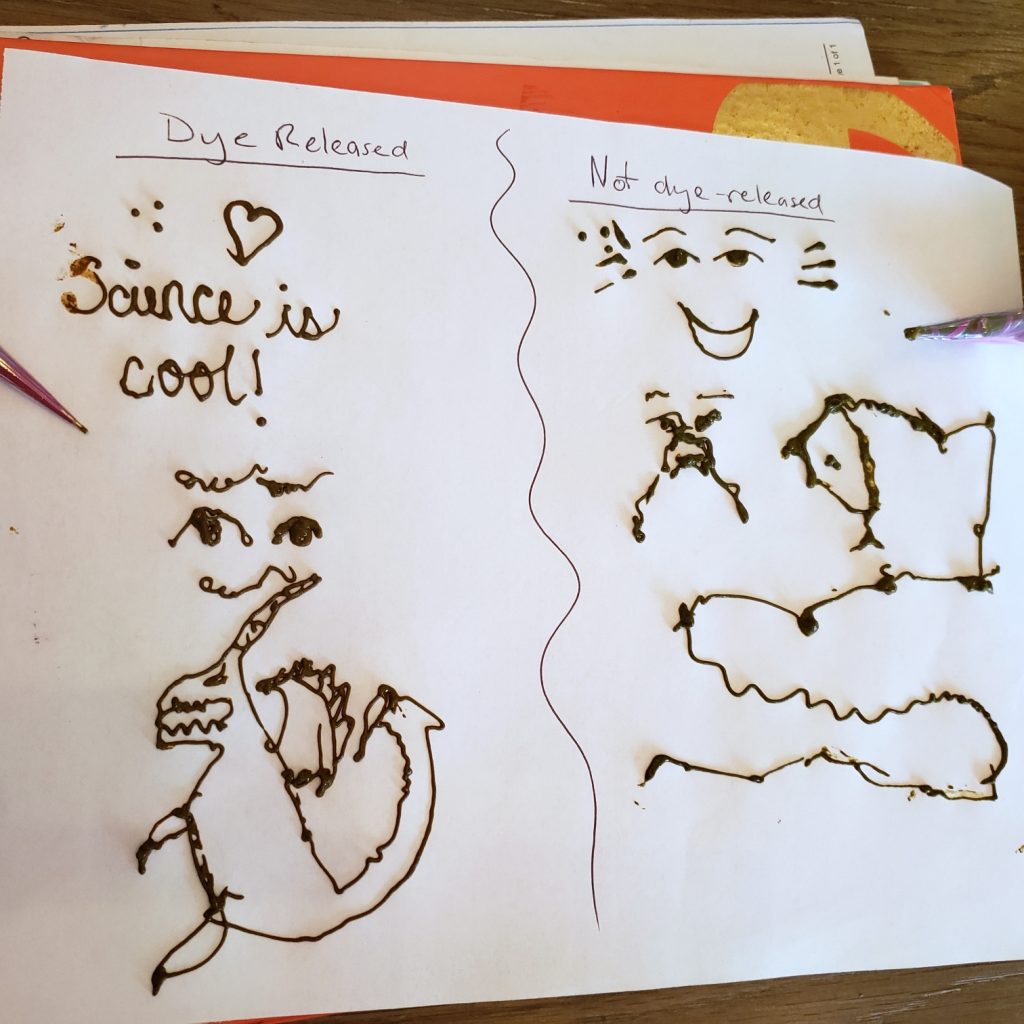
Doodles! Compliments of myself and my son 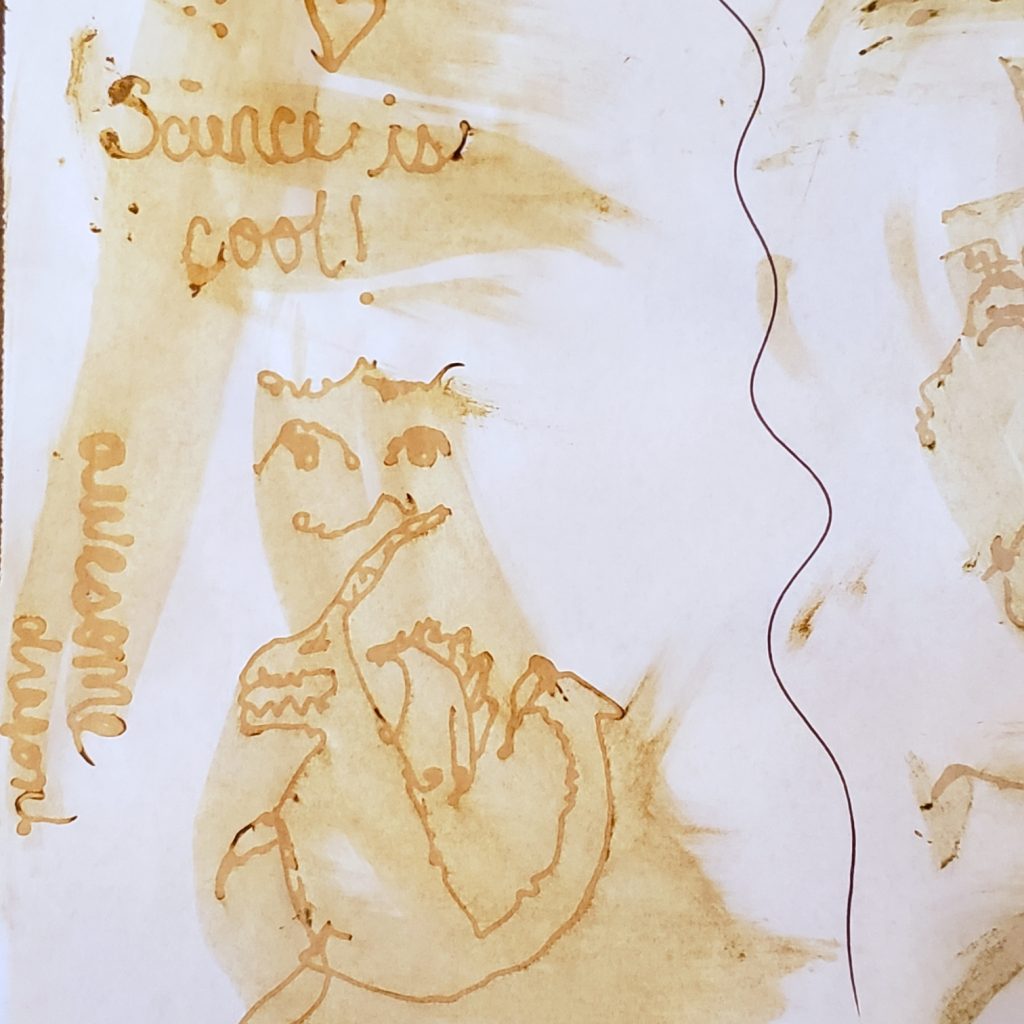
Dye released henna (paste wiped away) 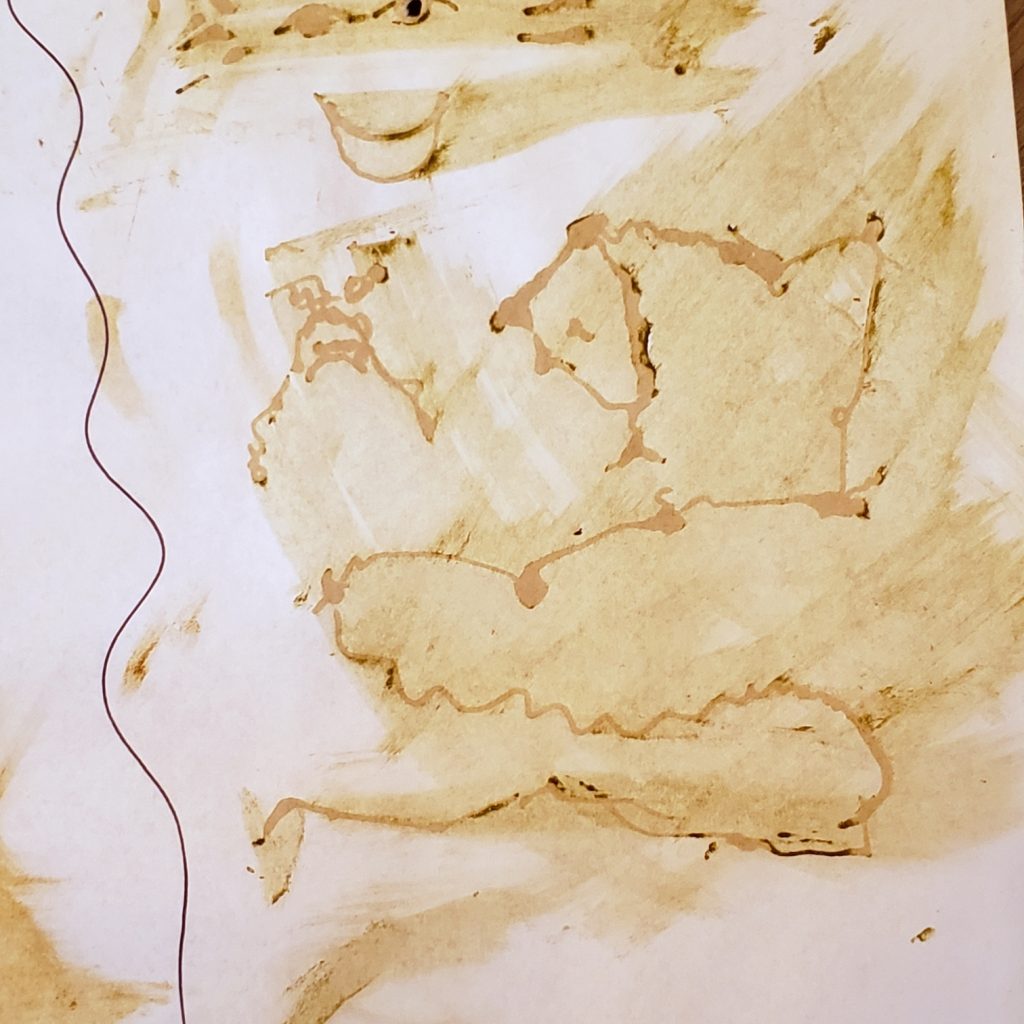
Non dye released henna (paste wiped away) 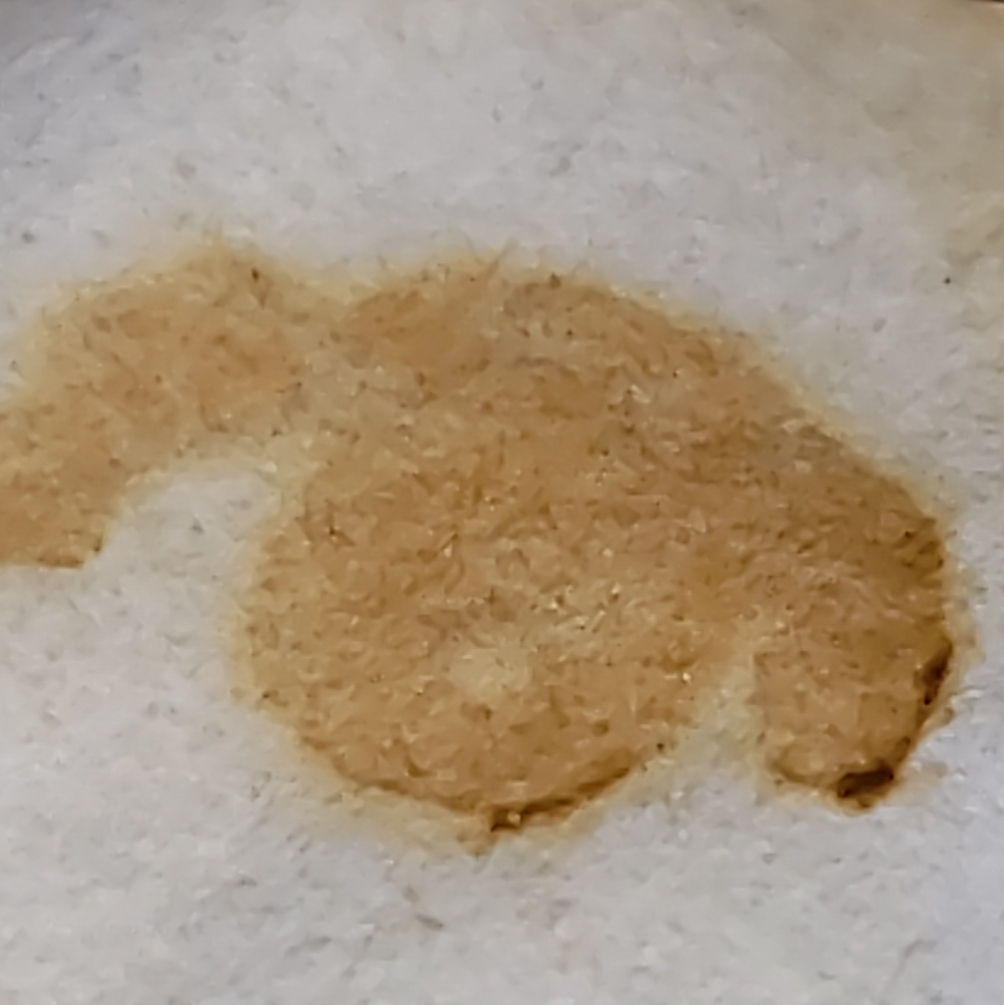
Dye released henna up close on paper 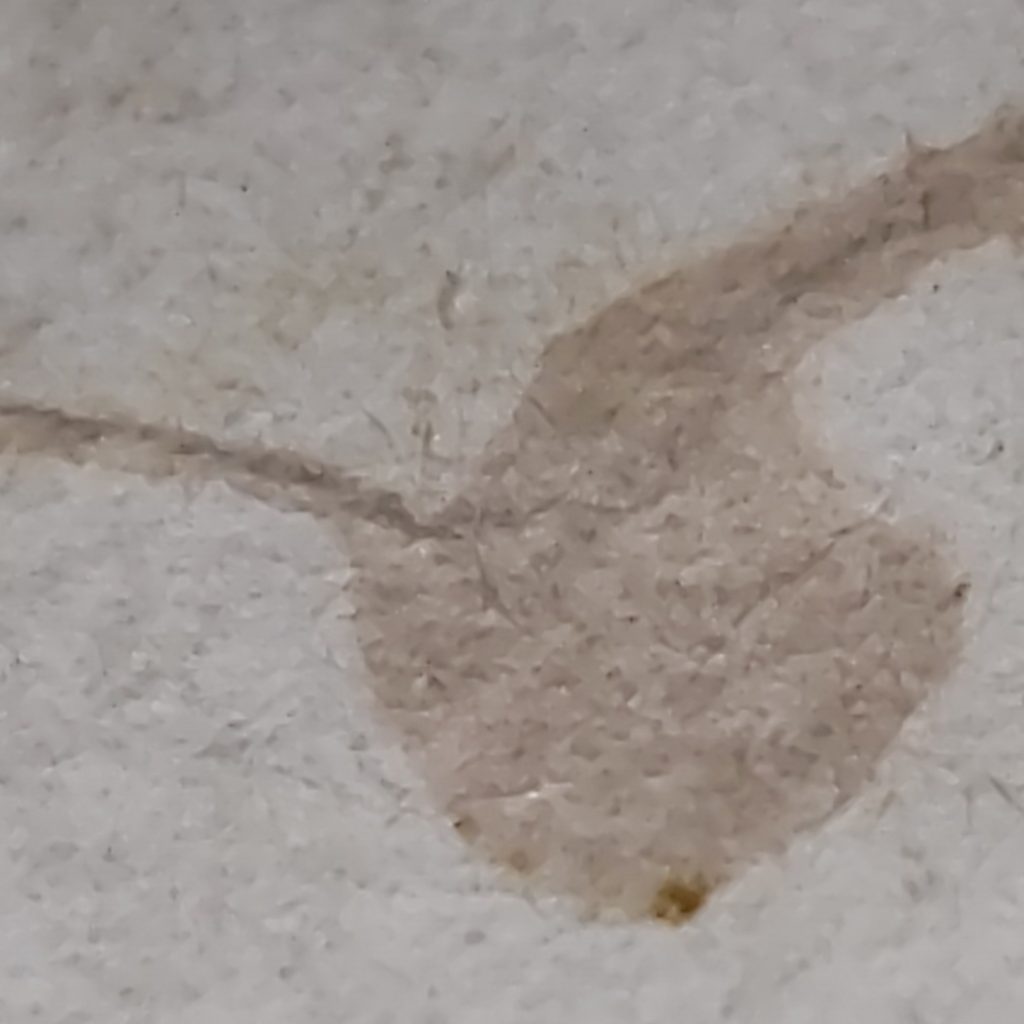
Non dye released henna up close on paper 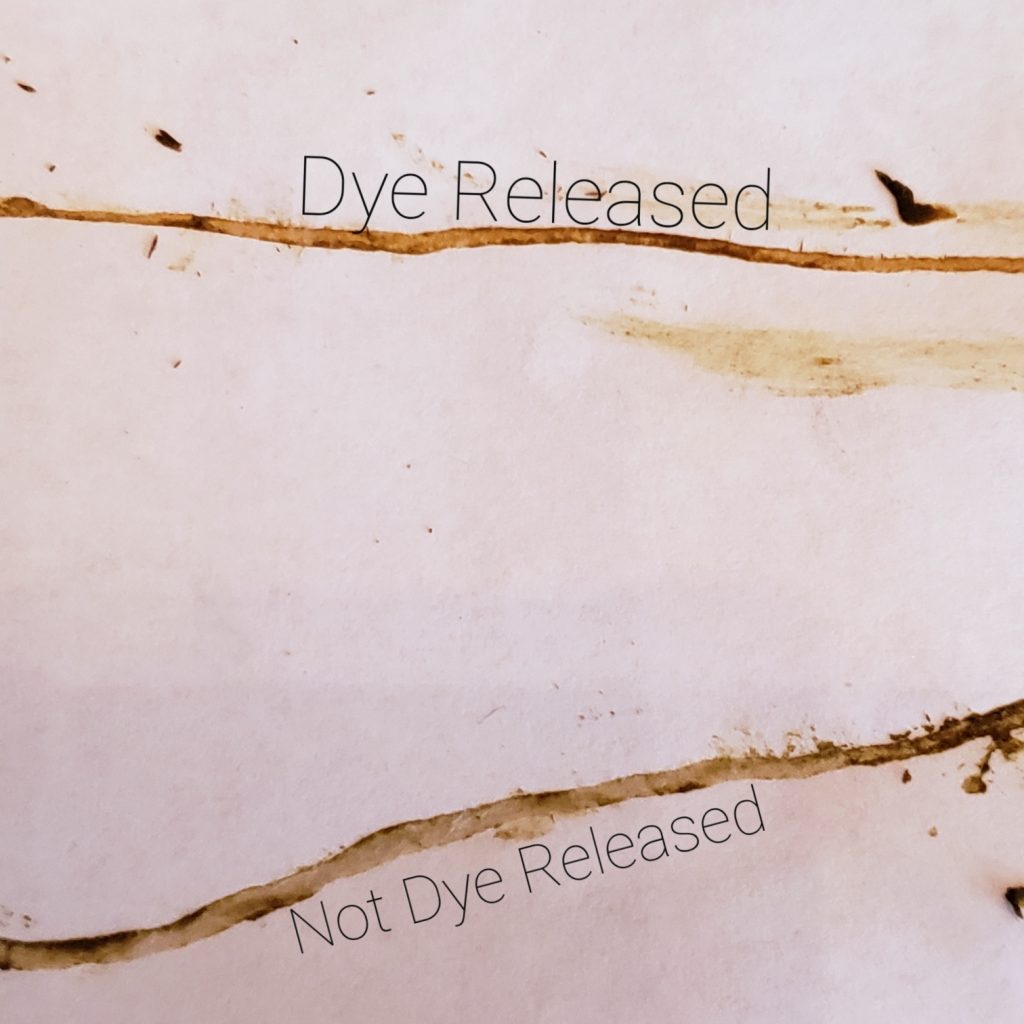
Dried and removed via finger nail
Art
This is the perfect time for families to get in touch with their creative side. Play with washable body art using Mehron Paradise Paints or paint with TEMPTU. Using Becoming Moonlight Gilding Cones with different colored mica and glitter is always plenty of fun and safe! Using gilding paste on paper to practice spelling words and covering them with glitter is a great way to incorporate learning! Rebecca did beautiful decorations on eggs using various methods of body art supplies from Mehandi.com.
You can use henna paste to create lovely artwork, as well. Here is a link for some wonderful patterns: http://hennapage.com/henna/what/freebooks/index.html
History and Culture
Make history extra fun by incorporating your henna experiment listed above with some facts. For example, did you know that Ancient Egyptians used henna on their hair long before we used it today? You can read more about how henna was used in Egypt here: http://www.tapdancinglizard.com/AS_henna_for_hair/chapters/chap2/Pre-History_Egypt.pdf
Learn about the history of henna around the world: http://www.hennapage.com/henna/history/index.html
Read about how Oscar Wilde was one of the first of the famous to develop an allergy to PPD: https://www.ancientsunrise.blog/oscar-wilde/
Dive into the history of hair and culture (this is a personal favorite article of mine): //www.ancientsunrise.blog/hair-spaces-identity/
Did you know that indigo was used to paint on bodies in a form called woading? http://www.tapdancinglizard.com/findingblue/index.html
While we go through this stressful time, please stay healthy and take care of yourself and your loved ones. Hopefully, this blog of ways to educate and entertain the family helps keep you from getting too bored! Definitely read through the blogs on AncientSunrise.blog and BecomingMoonlight.blog for more interesting information! You can head over to hennaforhair.com, hennapage.com, and Mehandi.com for plenty of useful education in science and history!
 Maria • Ancient Sunrise Specialist • LLC
Maria • Ancient Sunrise Specialist • LLC


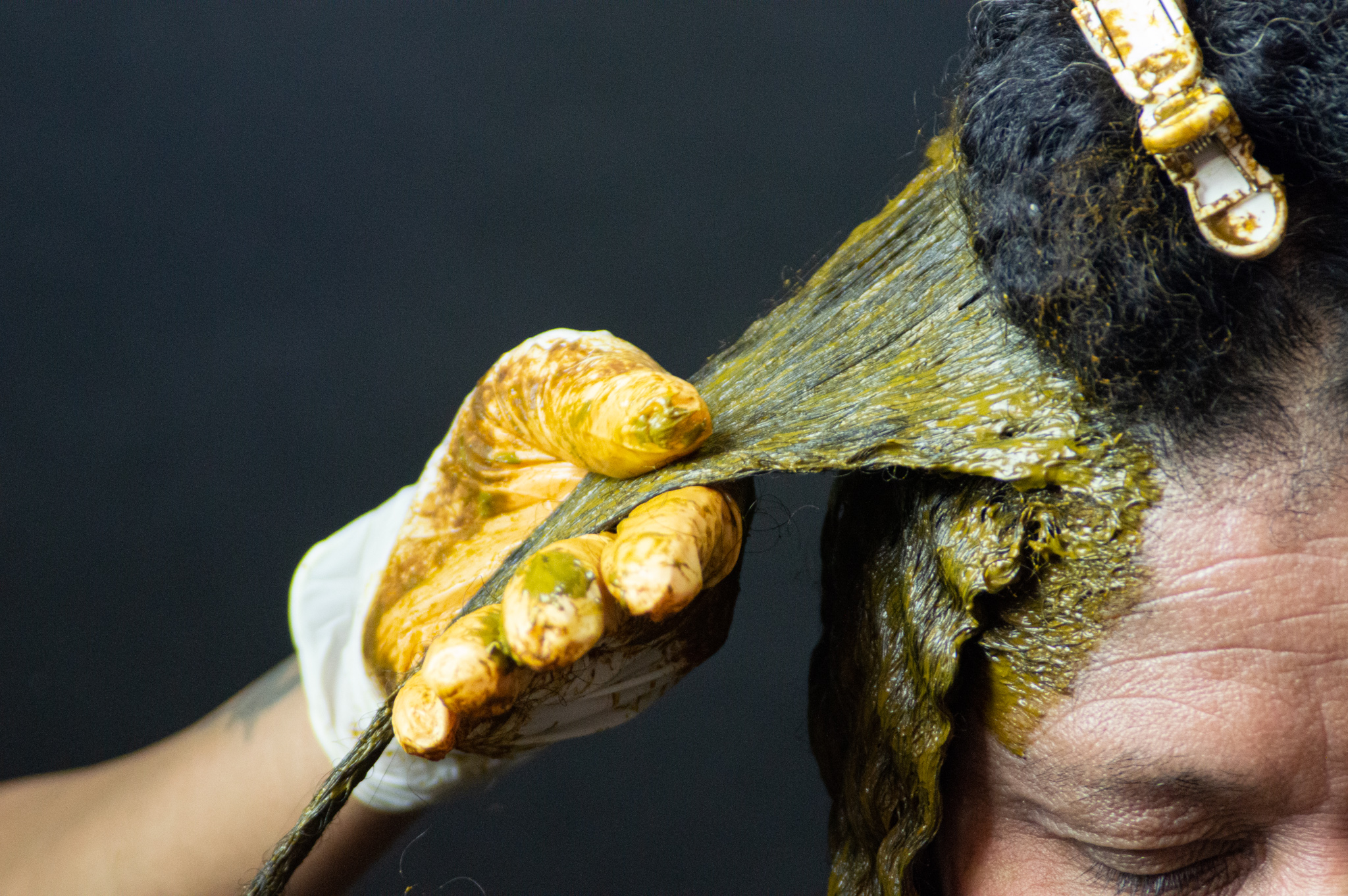

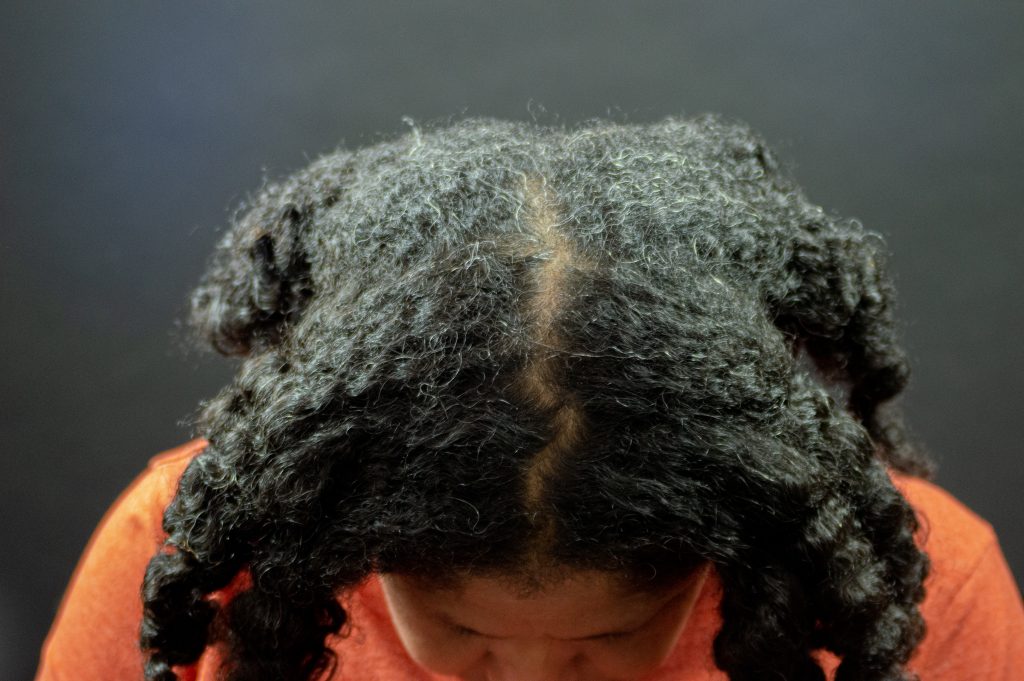
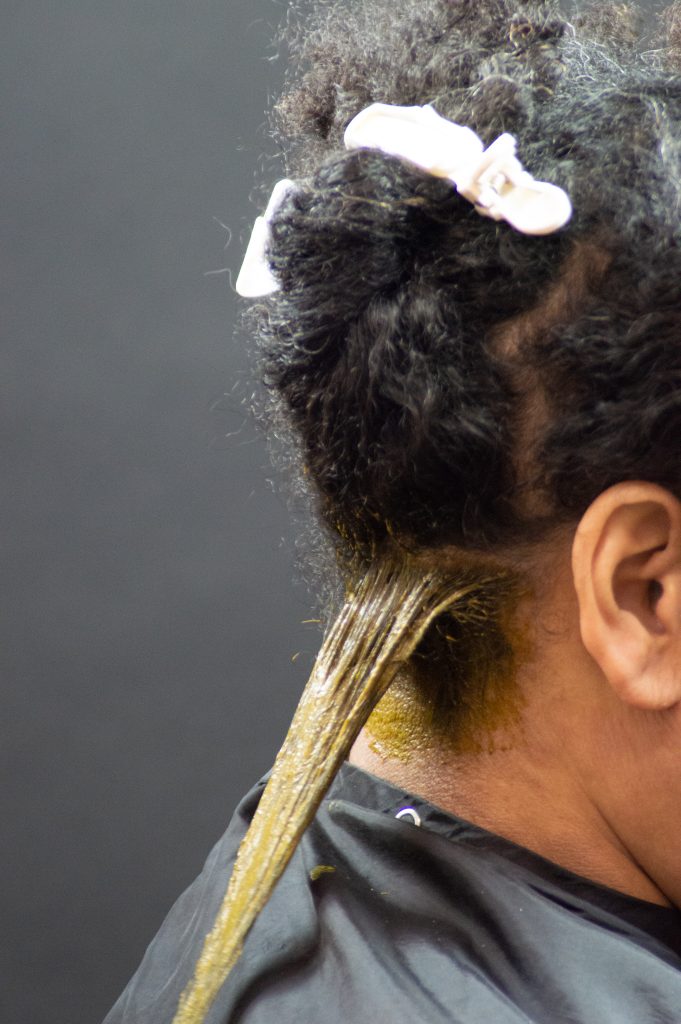
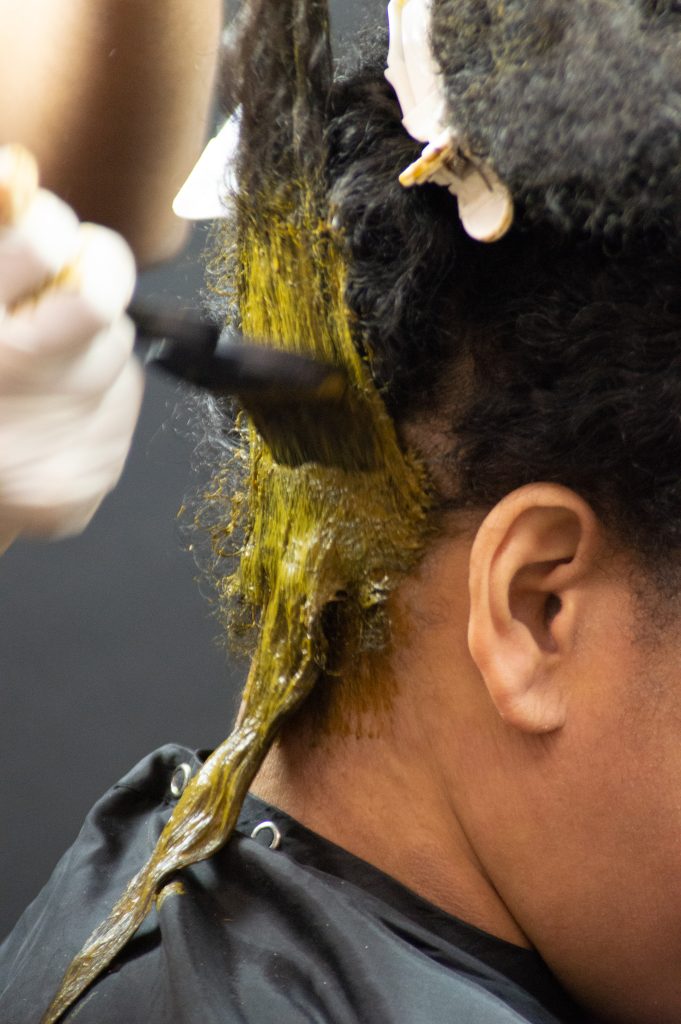
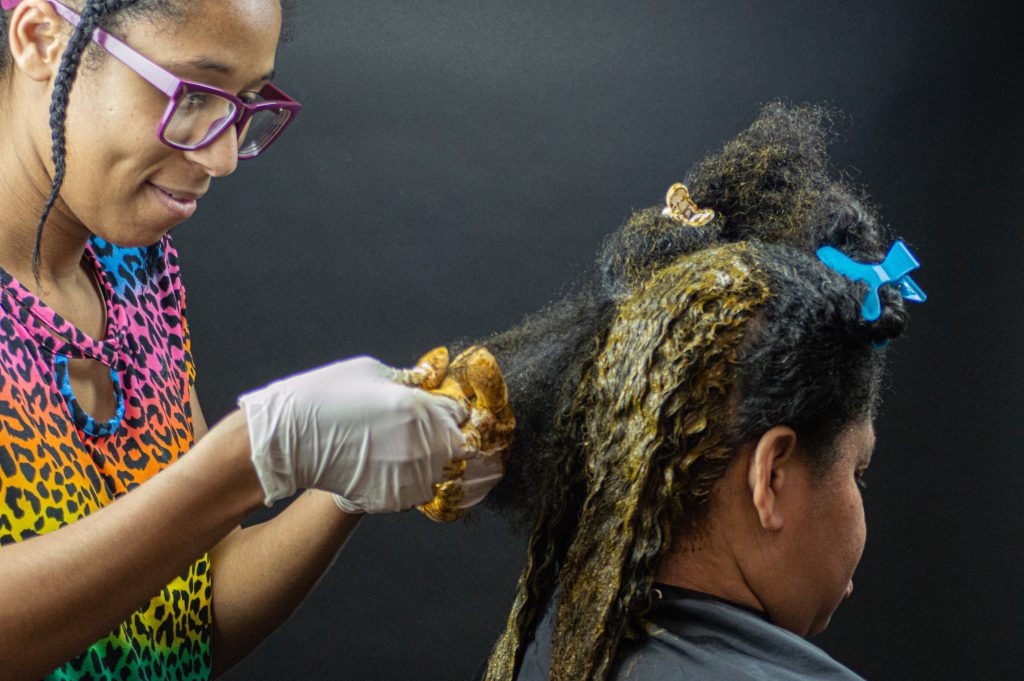
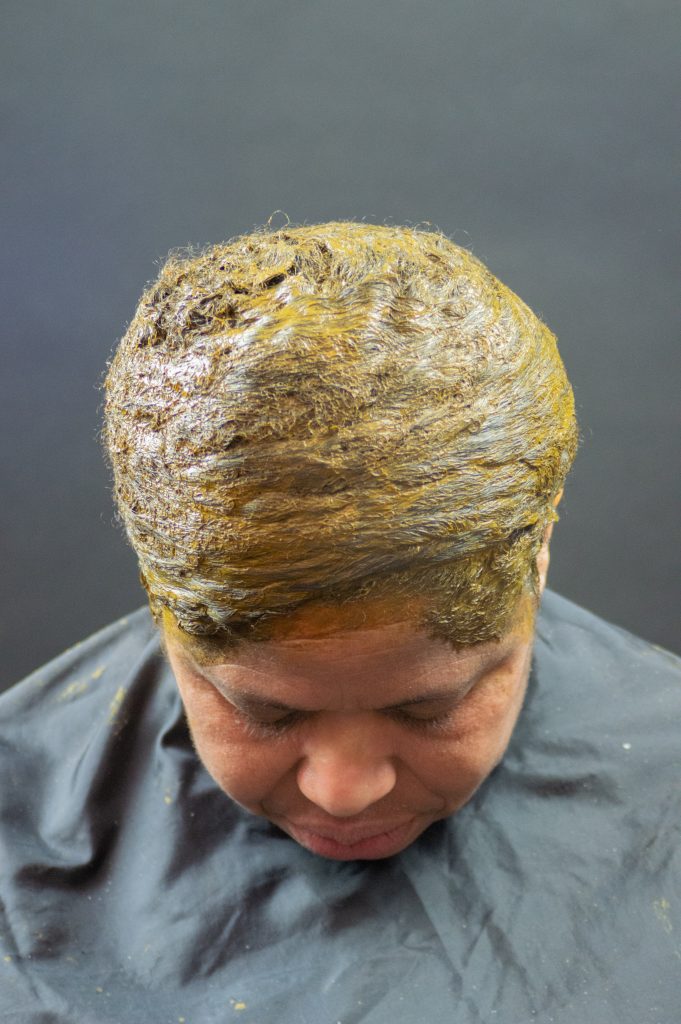
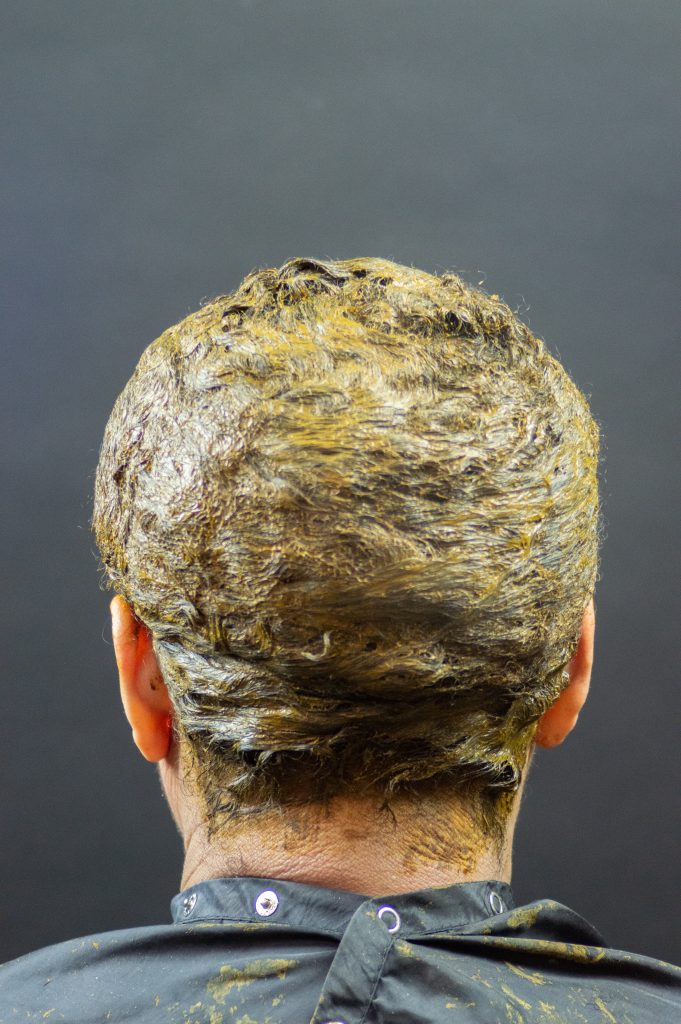
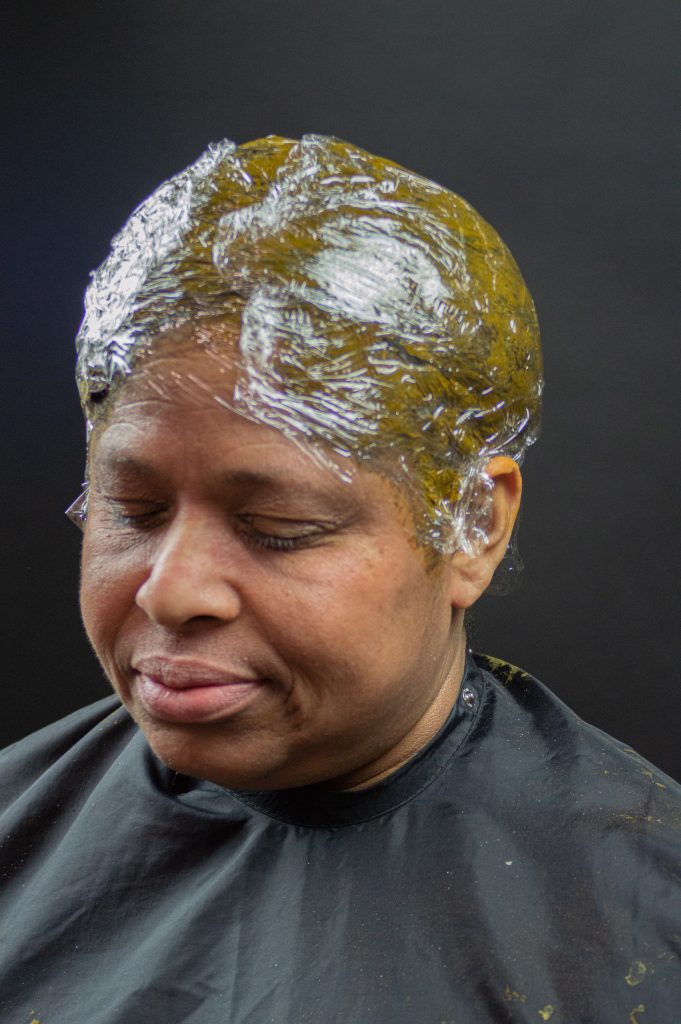
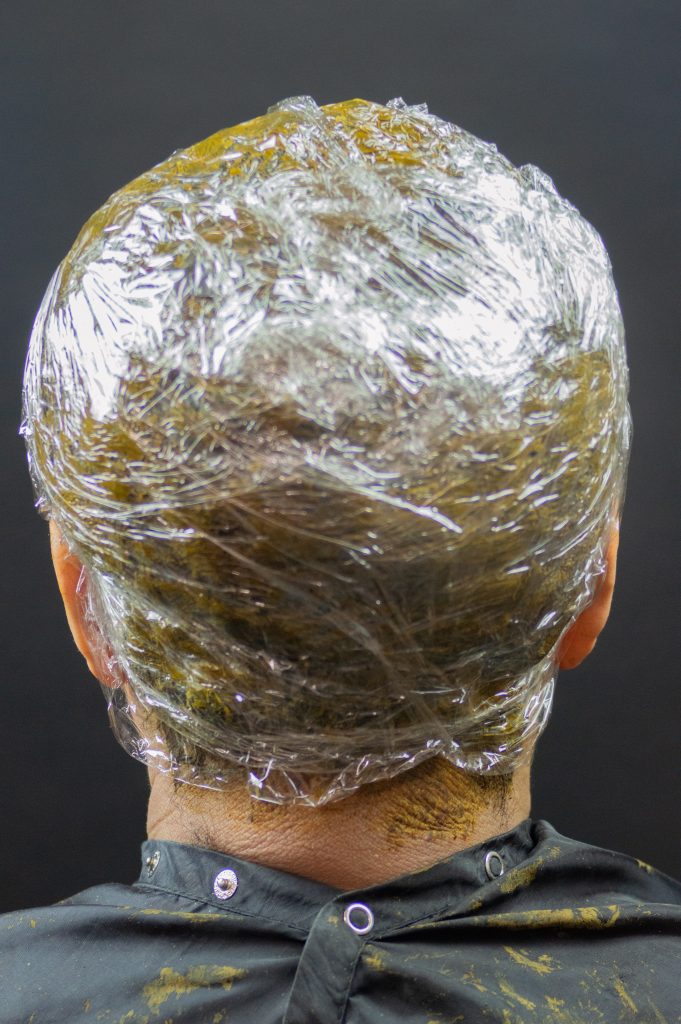

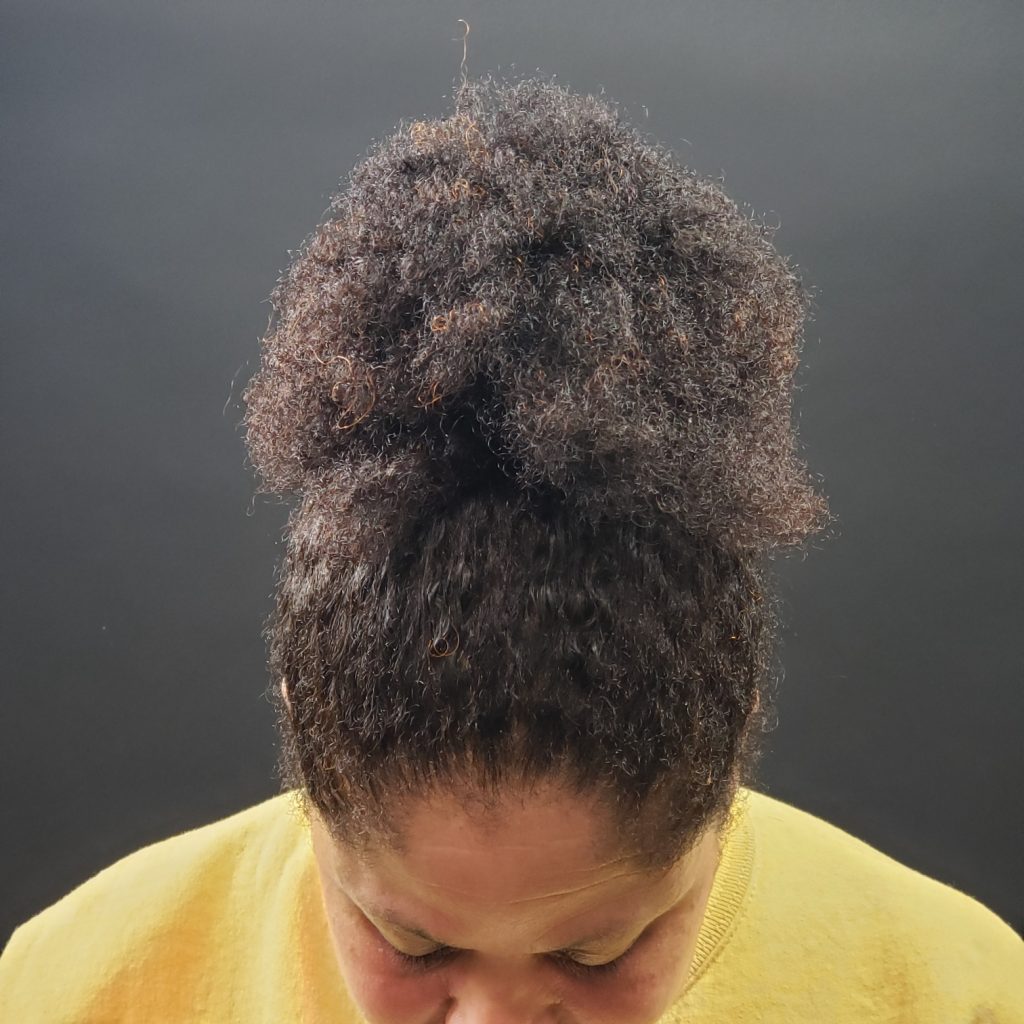
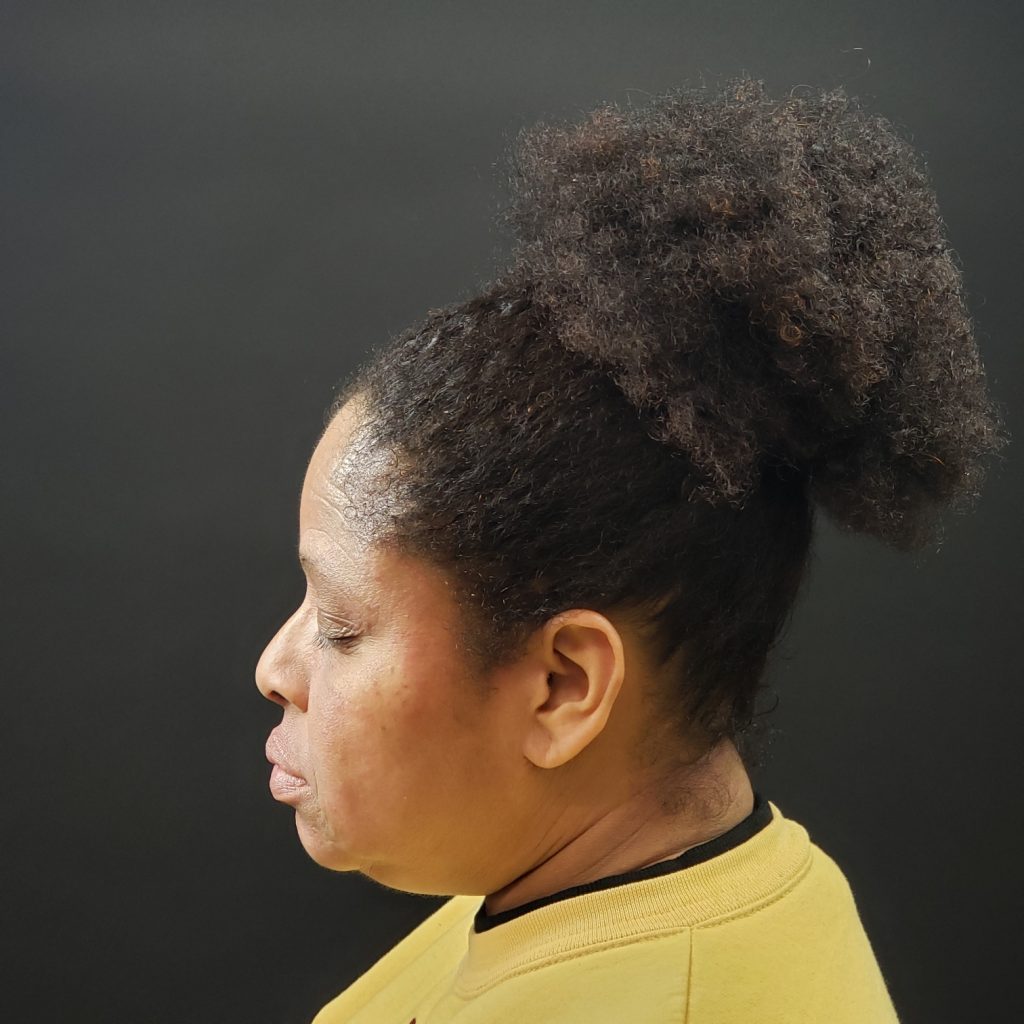
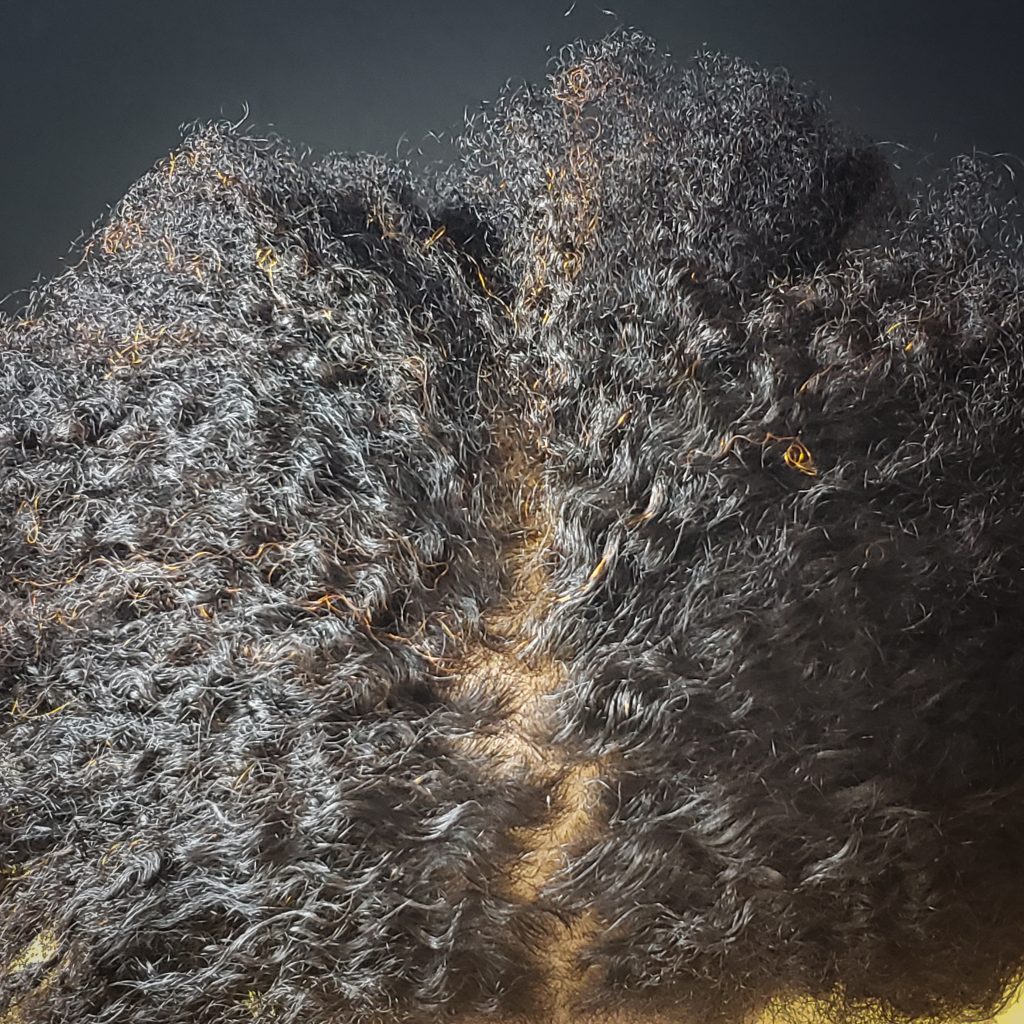
 Damaris • Ancient Sunrise Specialist • LLC
Damaris • Ancient Sunrise Specialist • LLC